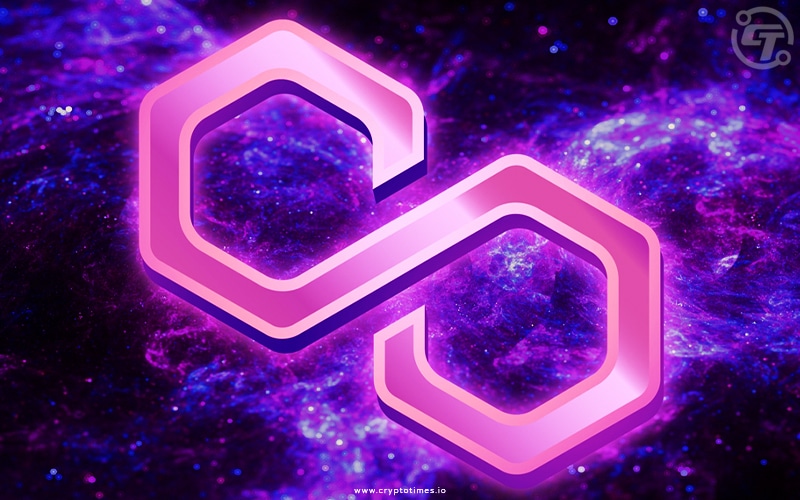Inscriptions, a form of digital collectable, have recently flooded layer-2 networks like Arbitrum and Polygon, causing performance issues.
Transactions with inscriptions embedded in the call data field allow cheap minting but degrade networks.
Polygon’s co-founder Branden Farmer suggests using parallelized Ethereum Virtual Machines (EVMs) to handle the spam. Parallelized EVMs process unrelated transactions simultaneously, increasing throughput.
This could localize gas fees to areas with high contention, like NFT minting or decentralized exchanges. Areas with less activity would remain minimally impacted.
Additionally, parallelized EVMs sync and validate faster, further boosting performance. Polygon has implemented Block-STM for 1.6x speedup and targets 2x gains. This directly counters inscription spam. Parallelization originated from Solana but is now being adopted by multiple chains.
In collaboration, layer-2 solutions like Polygon 2.0 combine parallelization with greater block space. While inscriptions pose problems, innovations in parallelization and layer-2 scaling offer solutions. The goal is to balance scalability, cost, and stability as adoption spreads.
Also Read: Polygon Co-founder Proposes zk-based L2 Chain To ApeCoin DAO






